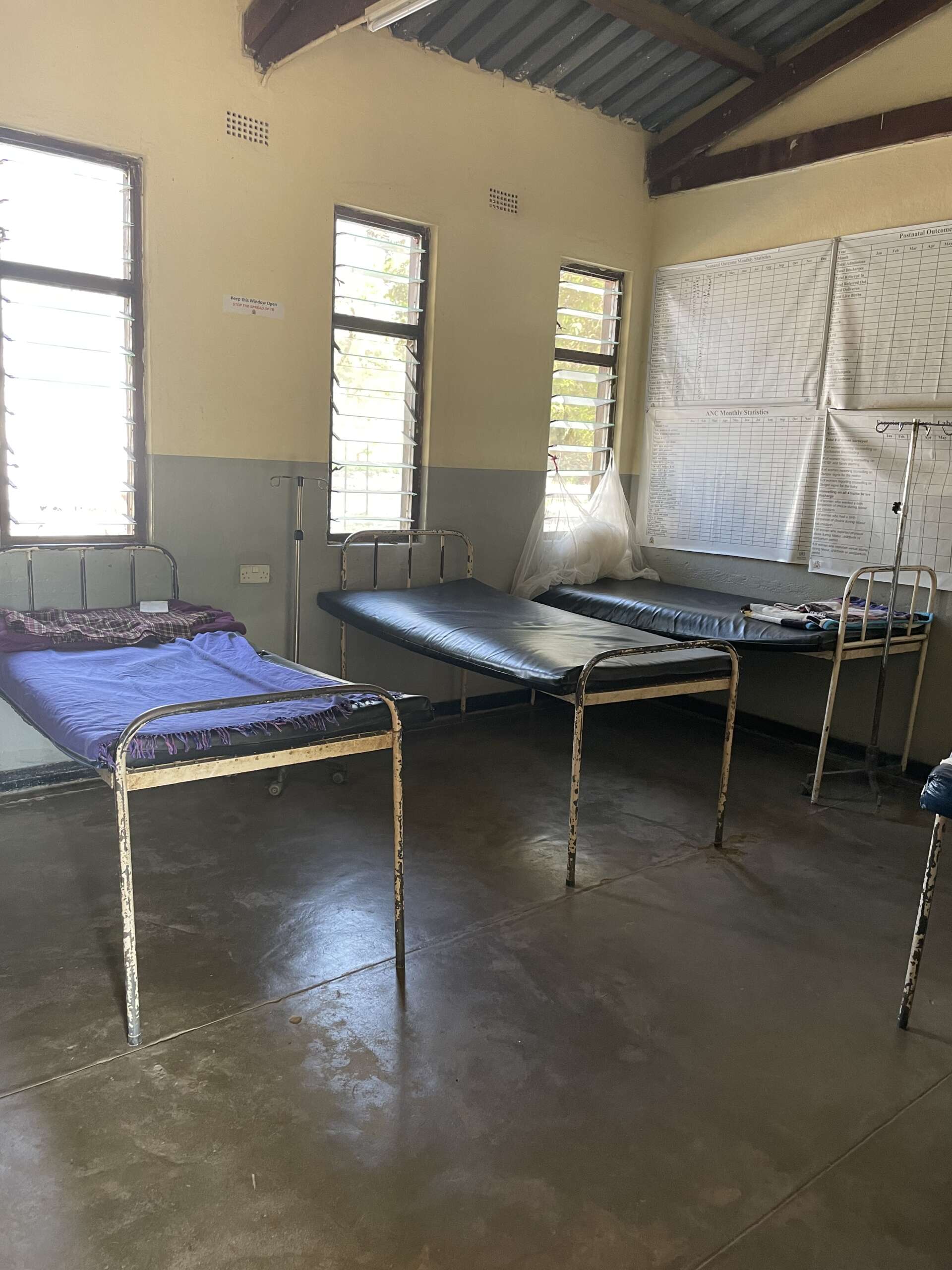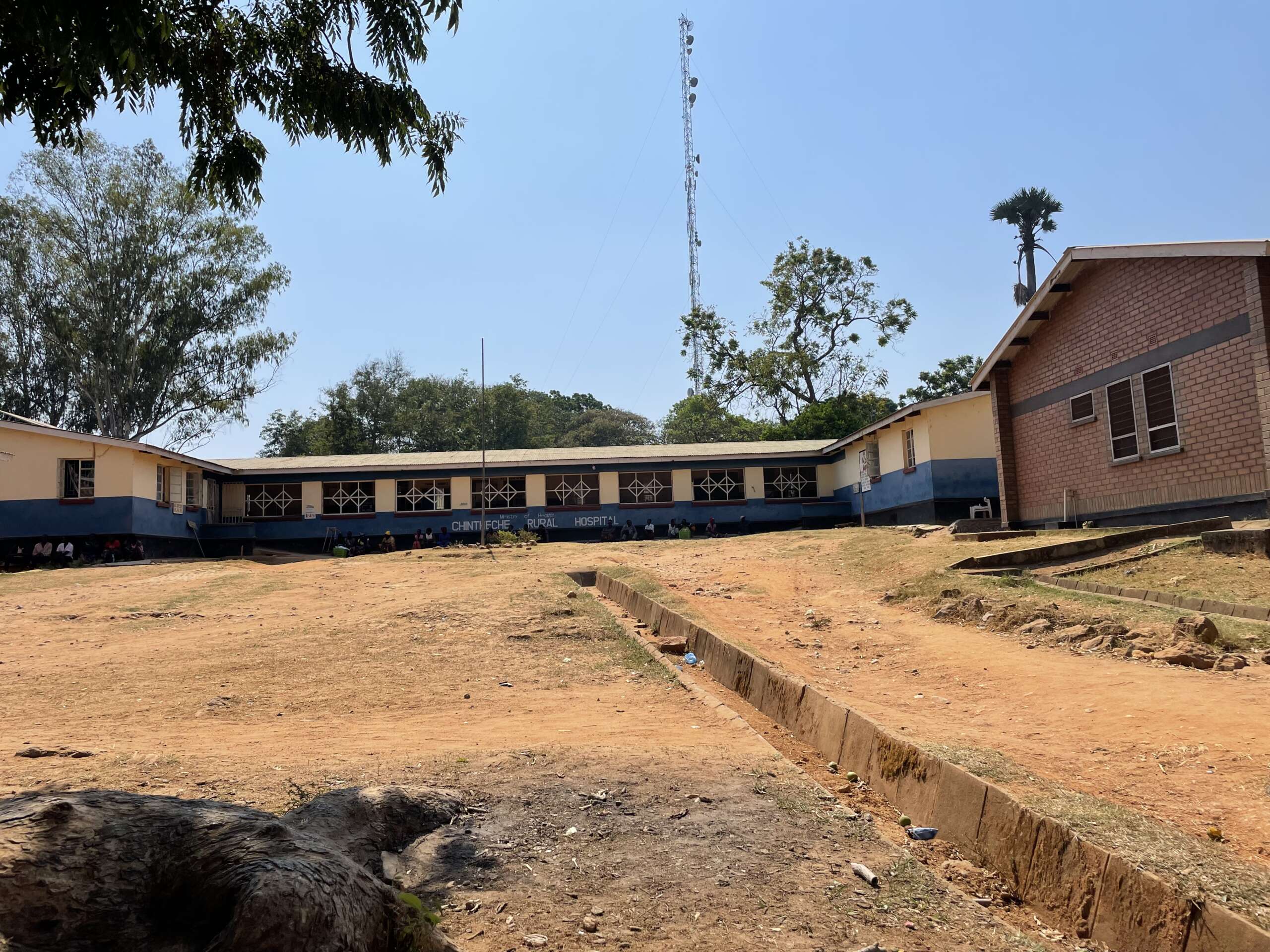It’s been an interesting and educational week for me working as a midwife in Malawi. I have been working in Chintheche district hospital, finding out about how maternity services are organised and delivered. The hospital is even busier than I had heard. They see around 160 admissions each month to the delivery ward, of whom about 20-30% are transferred to the regional hospital at Nkata Bay. Reasons for transferring are pretty similar to the reasons I might advise transfer to hospital from a planned homebirth. At Chintheche there is no operating theatre, no equipment for assisted vaginal delivery (ventouse or forceps) and minimal drugs for complications such as eclampsia or haemorrhage.
Travelling to the hospital has certainly been interesting, using the local taxis. Taxis are more like a little bus service than what we think of as a taxi service. The driver picks up & drops off people anywhere along the road. My journey to the hospital is quite a distance and so there is lots of stopping and starting. So far the most packed, 6 seater, taxi has had 13 people (and a live chicken) in. This means that travel times are very unpredictable and you certainly get up close and personal!
Few people have their own transport, most walk everywhere. Some have bicycles. This means that most women travel to the hospital on foot. Many do not have money to pay to get into a taxi. A woman I met had walked for 7 hours to bring her baby back to the hospital because she was worried about him.
To encourage women to birth in the hospital there is a shelter provided alongside the maternity unit when a women and her “guardian” stay from around the expected due date until baby is born. The guardian is a female family member who is expected to provide food for the woman and who remains nearby at all times. Nothing is provided other than the shelter, so the area outside is busy with washing and cooking. Each woman is required to bring a plastic bucket to the hospital in which she carries a plastic sheet and several chitenges (fabric wraps) https://core.ac.uk/download/pdf/188097195.pdf The chitenges are used as a bed sheet, clothing, maternity pads, baby wraps and baby carrier.
There is no privacy. Women are expected to come into the birthing area alone, their guardian waits outside. She covers the bed with her plastic sheet and a chitenge and after the birth gathers this up and takes it with her.
Supply of basic equipment and drugs from government sources is erratic and extremely limited, even at the best times. The country is extremely poor. Some items have been donated by previous visitors, but often these tools are no longer functional because of the need for batteries or other parts/consumables. There is a pile of discarded electronic blood pressure machines and battery powered thermometers in the delivery ward. This is an example of how difficult it is to provide effective donations. Equipment which we just assume to be standard can have limited relevance or use here. I am glad that I was alerted to this in advance and was able to bring a few manual blood pressure machines and glass thermometers with me which I can gradually distribute, being cautious to avoid being seen as a smug rich foreigner.
There is currently a good supply of non sterile gloves and plastic aprons, but there are no sterile gloves and no gauze swabs. A single bar of soap was in the delivery ward but was used up by the end of the week. There is none elsewhere. There is a lab, set up to do basic blood tests, but they have almost no supply of the chemical reagents used to actually run the test. This means that none of the women I am seeing have had their haemoglobin level checked, even though the national standard says it should be done twice during pregnancy. There are no urine tests available at all – something which is an absolutely fundamental part of all my antenatal checks and labour care in the UK. https://yourmidwife.org.uk/blog/what-midwifery-care-do-you-need-checks-in-pregnancy/ They have some urinary catheters. If a catheter is to be left in place, in the UK we use a sterile pack for equipment and sterile gloves to insert it (as well as local anaesthetic gel) and connect it to a sterile collection bag. Here there is no sterile pack or gloves and no gel. If it is being used on an “in and out” basis it is kept to be reused. If it is left in place it will be free draining- another use for a chitenge. As a midwife in Malawi you have to do what you can with what you have got.
Working as a midwife in Malawi I have to find a way to set aside what I have been taught about infection control and what constitutes a basic acceptable level of care. It’s an uncomfortable process. On Monday I am going to visit a local pharmacy where I hope to be able to buy soap and gauze swabs.

If you feel that you would like to help in some small way to address some of the issues of poverty in Malawi, I feel that the community based projects supported by Ripple Africa (my host organisation) can be a highly effective way to do that. Their motto is “Providing a hand up, not a hand out” and the evidence I am seeing here shows me that the projects are helping to equip people with the skills and knowledge, along with key startup equipment, to improve the lives of their families and communities. For the next week they have match funding available which would double any donation you make. You know they saying…. Every little helps! Read more and donate here before 20th October to ensure that your donation is doubled. https://rippleafrica.org/match-funding-2023/

